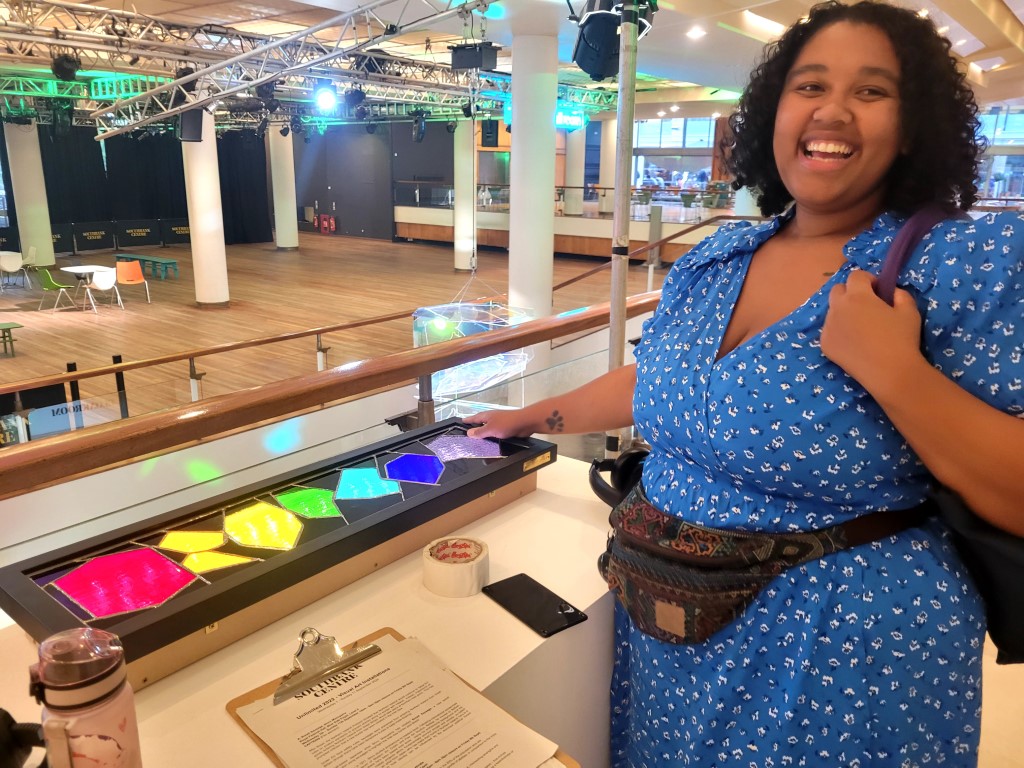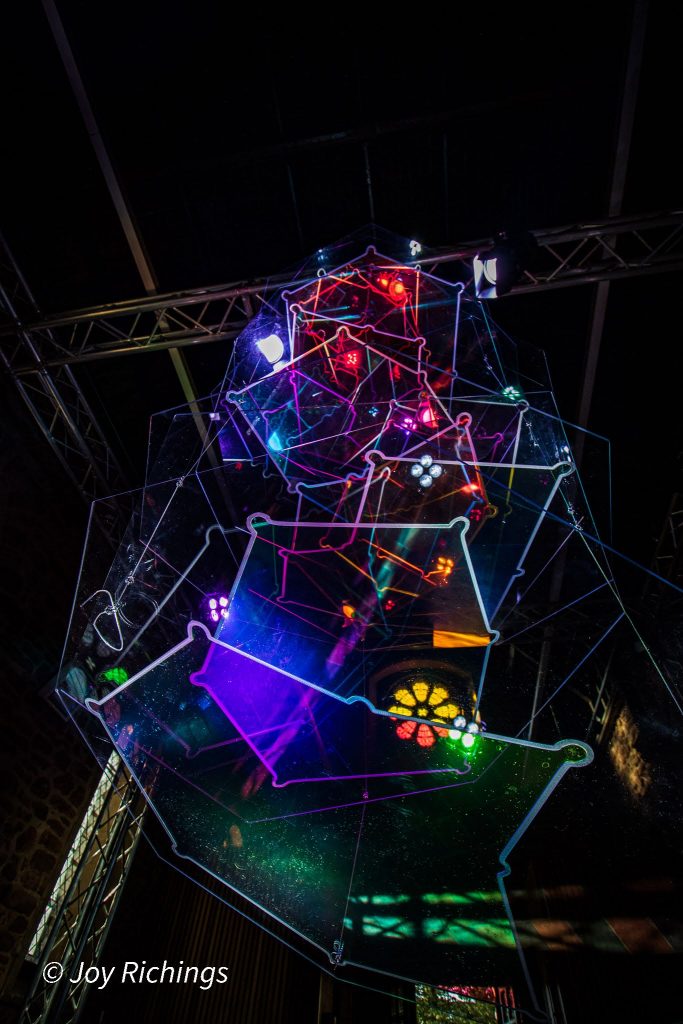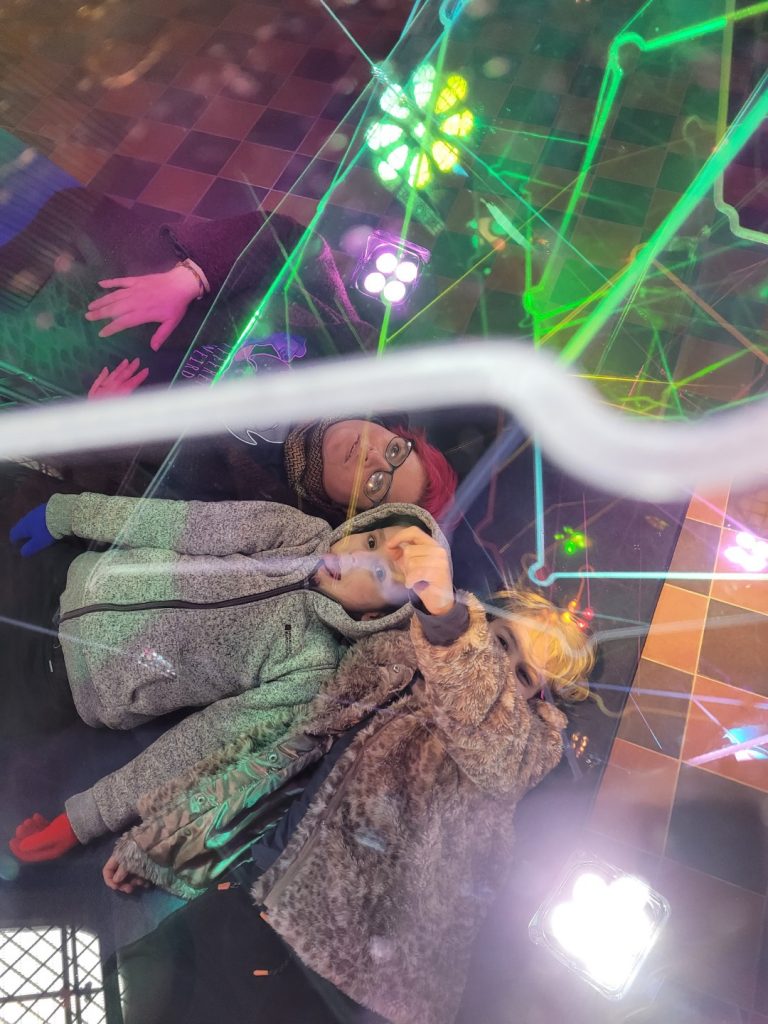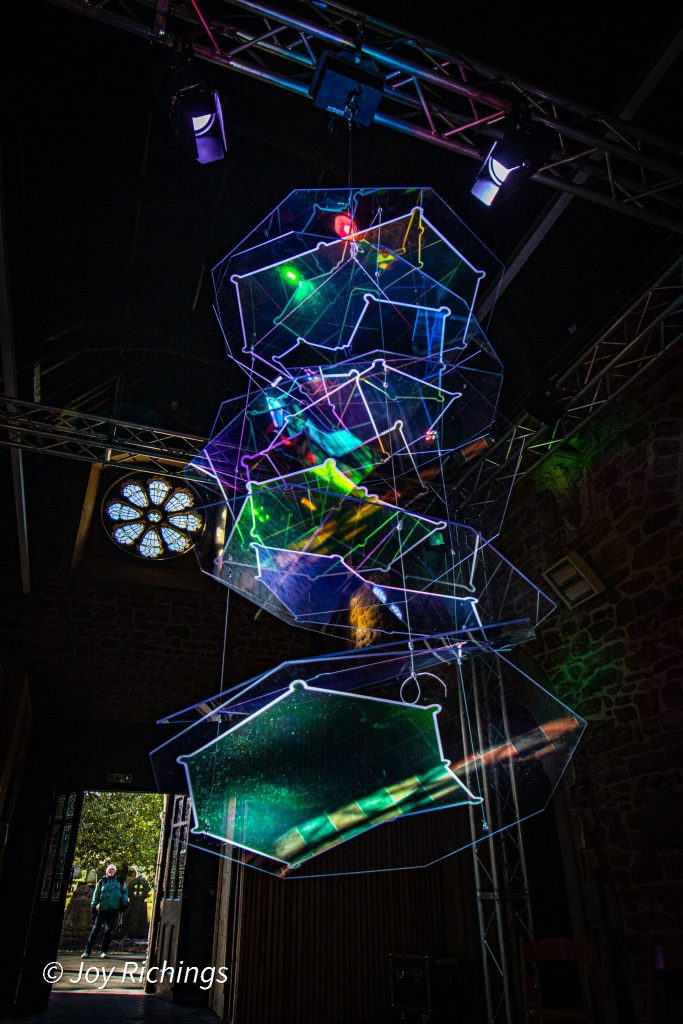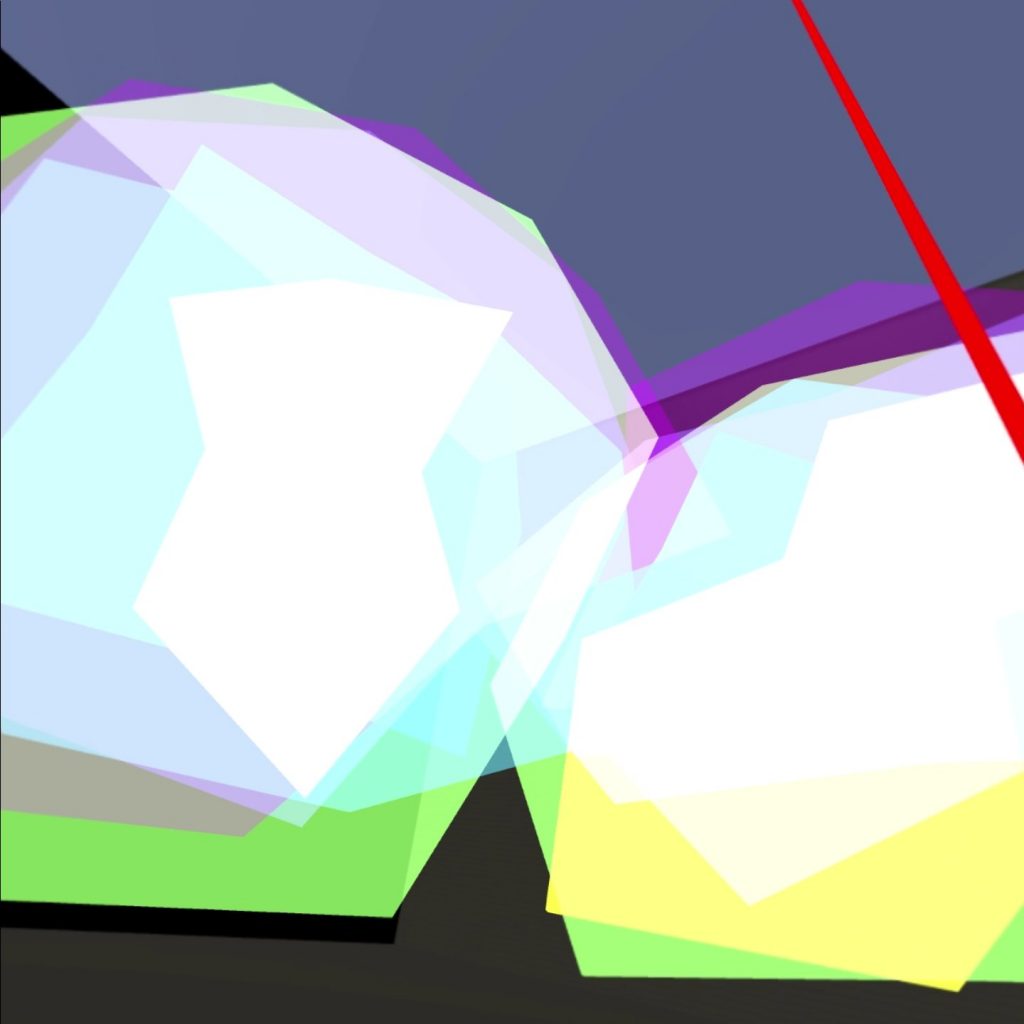Finally posting some images and reflections from a wonderful whirlwind week at the Southbank Centre in central London, displaying my acrylic and dichroic sculpture ’ Portrait of a Brain’, as part of the Unlimited festival of art.
This was a very different kind of space to the small, intimate setting of the chapel where Portrait of a Brain had its first outing in Coventry, as part of City of Culture earlier in 2022. I was a bit concerned that in a wide open, and airy space like the foyer of the Southbank, that the beautiful reflective qualities of the sculpture might not work as well. What do you think?
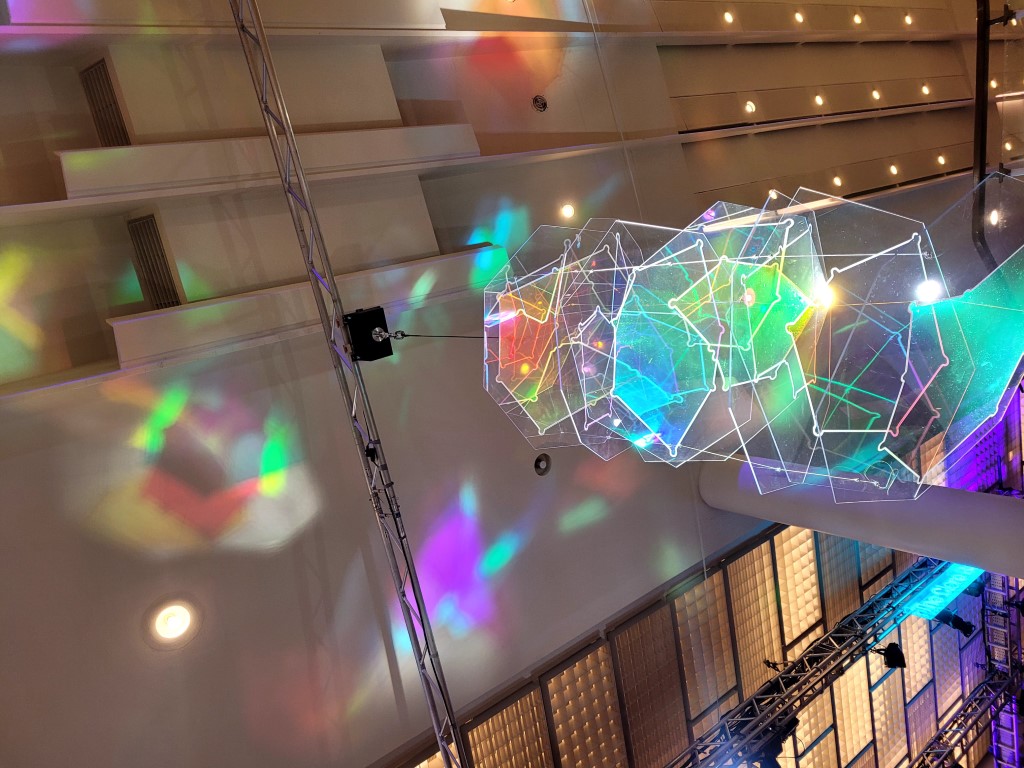
With some expert guidance from the tech team on site, we lowered the piece into place so that it was suspended over the central stair well. The piece, in this configuration, is about 2 metres in height from the top layer, to the bottom. And with the par cans (powerful, portable directional lights for the non technical reader!) in position, the magic happened and gorgeous focussed shards of coloured light began to curve around the busy structure of the building, describing the edges and spaces as it glided over them.
I ve come to learn there’s something magical about this way of working, and curating. There is the vision of what a piece will be - what you want it to do. And initially this work was all about the sculpture itself as the central focus. It was only once I started playing with the materials that the possibilities of the coloured reflections emerged.
What was lovely about this space was the relative privacy of the stair well. Variously used, throughout the few days that I was there, by community dance groups as a rehearsal space. There’s a couple of images captured here of visitors engaging with the piece; stopping to lie underneath it and let the coloured light play across their faces, or visually tracing the edges of the shapes as they rotate.
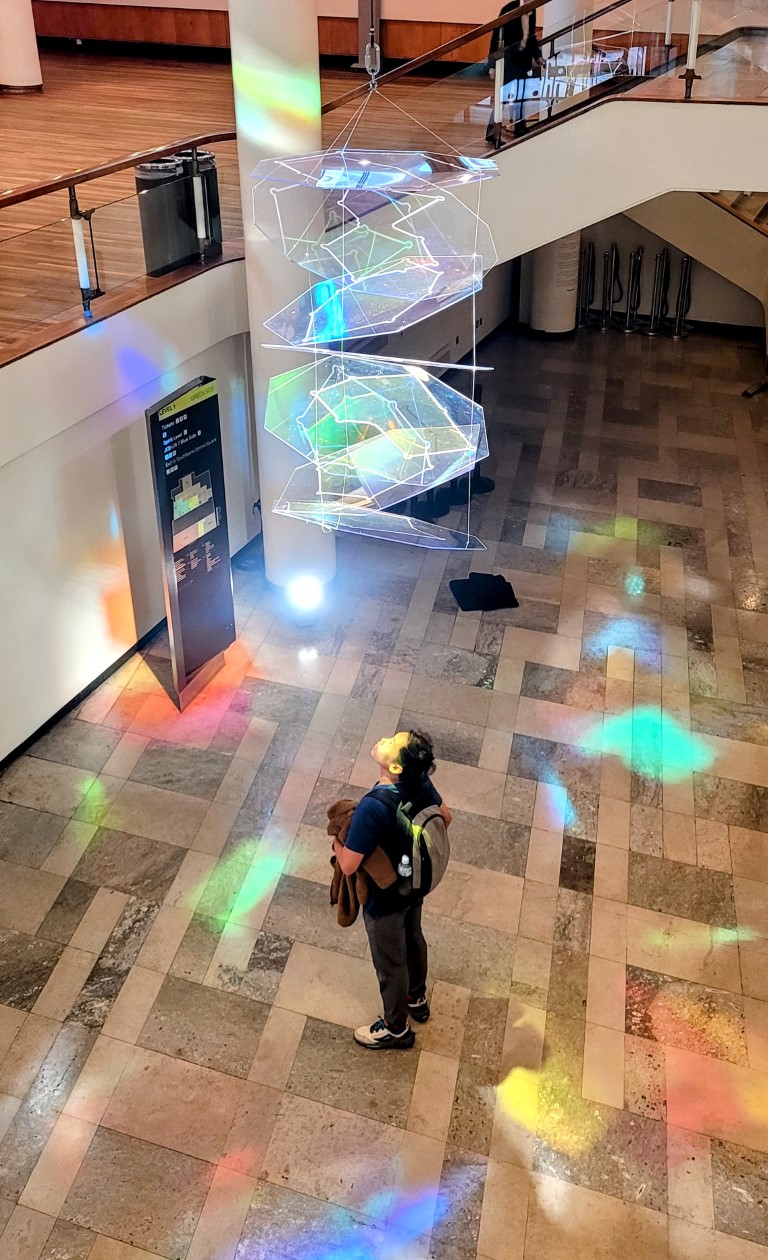
What didn’t work quite as well in this less intimate space, was that the accompanying sound was played through headphones (makes sense in a large multi purpose space of course). So visitors had to seek out those additional elements of sound, and touch - with the fabulous light box that accompanies the work. There’s learning for me in my art journey though - because each visitor encounter will be different. Some will engage with the wider context of the piece, wanting to understand how it came to be and what other meaning it might reflect. Others will simply delight in the sensory experience of the thing. The movement and colour and interaction. The whimsy of what colours and shapes one’s own brain might manifest?
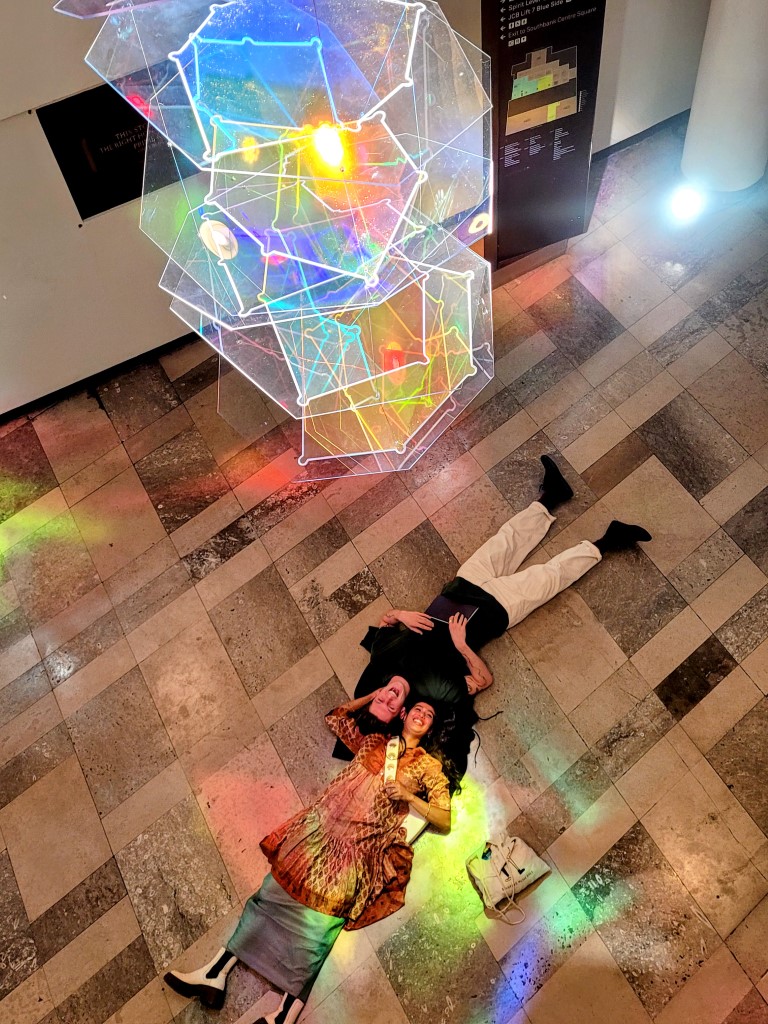
In any case, its given me some great fuel for thought on how I can optimise the display and visitor experience for the future. Of which - id really like to display a number of iterations of the piece at one time; each one a description of an individual. Perhaps it might be someone with a deeper connection to the space. The shapes of each of us in community tesselate - my own strengths are a compliment to your cognitive challenges (In concrete terms, for example, I have pretty good spatial awareness - and my partner does not!) but equally, my own challenges are met and supported in community too. (my numeracy skills are slow and unreliable at best. My partner is a maths whizz). So my expanded vision is that Portrait of a Brain describes the beauty and necessity of intersecting abilities and strengths. Give me a shout if you want to collaborate on making it happen!
Here’s a picture of my good friend Carmen examining the sensory light box.
